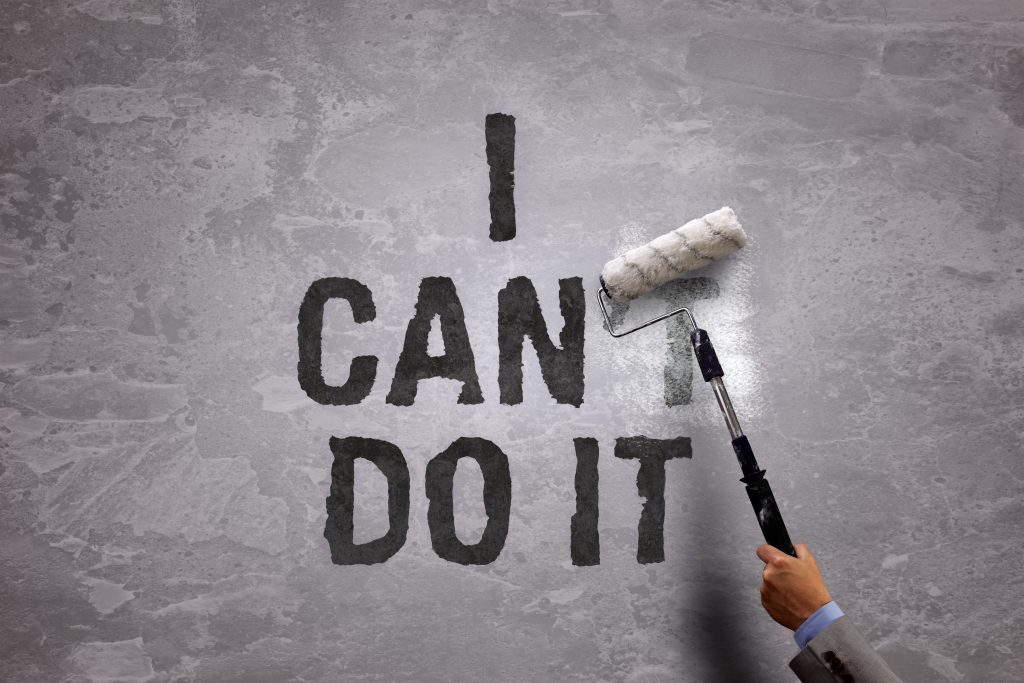The fitness industry preys on dysfunction.
It seeks out the broken, the weak, and the (seemingly) frail, chews them up, and then spits them out.
One 24 session pack at a time.
I hate it.
I HAAAAAATE it.1
We need to do a better job at championing success and cementing the notion that (most) people aren’t as broken as they’ve been led to believe.

Come At Me, Tony
This is not an attempt at me saying dysfunction is a myth.
There are certainly any number of people walking into a gym on any given day with any number of “issues” that require a bit more, shall we say, TLC.
- Lack of scapular upward rotation.
- History of disc herniations.
- Poor t-spine extension.
- Gonorrhea.
- You know, stuff like that.
That being said, I’m tired of coaches and personal trainers defaulting to verbiage that assumes everyone is broken because they can’t squat to a certain depth or lack 4.2 degrees of big toe dorsiflexion and then in order to fix said “things” they have to complete a laundry list of corrective exercises or go through an eleven week seance in order to begin actual exercise.
Sometimes, actually a lot of the time, we just need to kinda-sorta remind people that they can do stuff.
Take overhead mobility (shoulder flexion) for example.
I’m a firm believer people need to earn the right to overhead press, and putting someone though a simple overhead mobility screen is a simple way to ascertain that information.
My good friend and London based trainer, Luke Worthington, has a really nice way of stating things:
“Can you do it? Can you really do it
Observing a task as simple as an overhead reach, we should be asking ourselves where that motion came from…
…was it true motion from the shoulder (scapulae)? Or was some of that motion ‘borrowed’ from other segments?”
To that point, but to expound a bit further, it’s imperative to observe active vs. passive range of motion. I.e., comparing what they can do (active ROM) to what you, the coach, can help them do (passive ROM).
This is an important component of coaching.
As coaches we’ll see a limitation in active ROM and immediately think we have to start smashing, thrashing mobility, and/or putting someone through the gauntlet of corrective exercise purgatory in order to “fix” it.
Don’t forget passive ROM.
Because if you can nudge more ROM just by helping them a teeny, tiny bit…it’s not mobility issue. They have access to that ROM, but are unable to control it.
Here’s an Active vs. Passive screen in action:
To Summarize (for those who are too uppity to watch a less than three minute video):
- Jonathan had limited active ROM with shoulder flexion.
- Jonathan had access to more passive ROM when I helped him.
- I then had him hold his end range to remind the brain that “oh, I’m okay, I got this.”
- Jonathan improved his active ROM without me stretching him or showing him a litany of mobility drills.
- My butt looks amazing.
Now, of course we’d have to perform a few simple drills to “cement” that new ROM before we started training, but the more cogent point I’m trying to make here is that…
JONATHAN…ISN’T…BROKEN.
I just had to provide a window where his brain had to figure shit out, which in turn resulted in him turning some shit on, which in turn allowed him to do some shit.
How’s that for simplifying things?
It’s not lost on me there’s much more to it than that. This is just me pausing the Rotisserie and cooking one part of the chicken.
If I want to cook the entire chicken – which I do, it’s delicious – I’d still want to address other stuff like tissue quality (pecs & lats), anterior core strength, not to mention upper trap, serratus activation, etc.
But, pretty cool nonetheless.
Want More Tidbits Like This That Will Melt Your Face?
Well, you’ll have to wait a few more weeks.
The DIGITAL Strategic Strength Workshop is coming soon!



